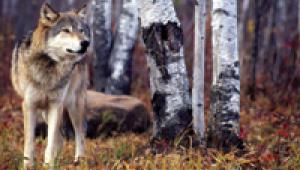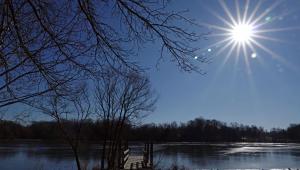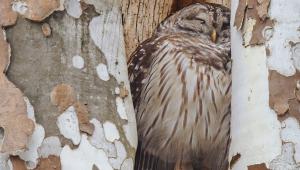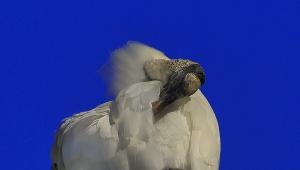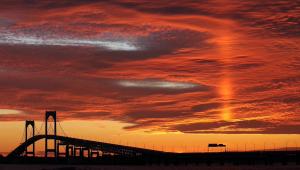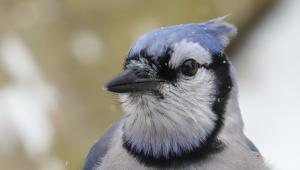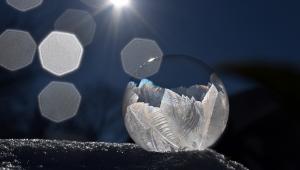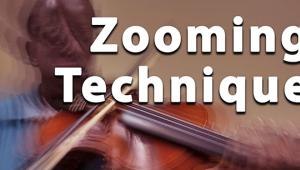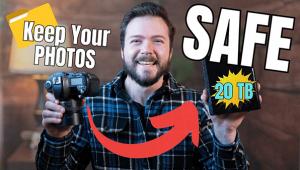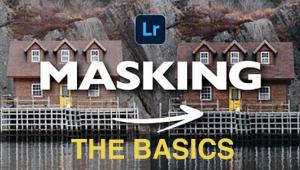...Like An Eagle
John Pezzenti's Freedom Book
| They recognize him, the eagles.
Not all of them, of course, but enough of them so that he can get close...and
closer still. "I learned that eagles can recognize a face for
over 20 years," John Pezzenti, Jr. says. "And they're
territorial, they'll return to a tree where they nested the year
before. So I'd go back, knowing that the eagle is going to nest
there, and it recognizes me and knows I didn't do anything bad
the year before, so it allows me, each year, to get a little closer." Getting Better All
The Time |
- Log in or register to post comments









